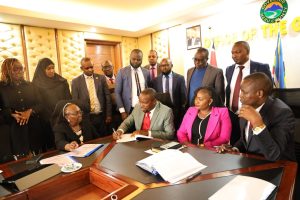Kenya’s Cities Are Sinking in Raw Sewage —We Must Act Now
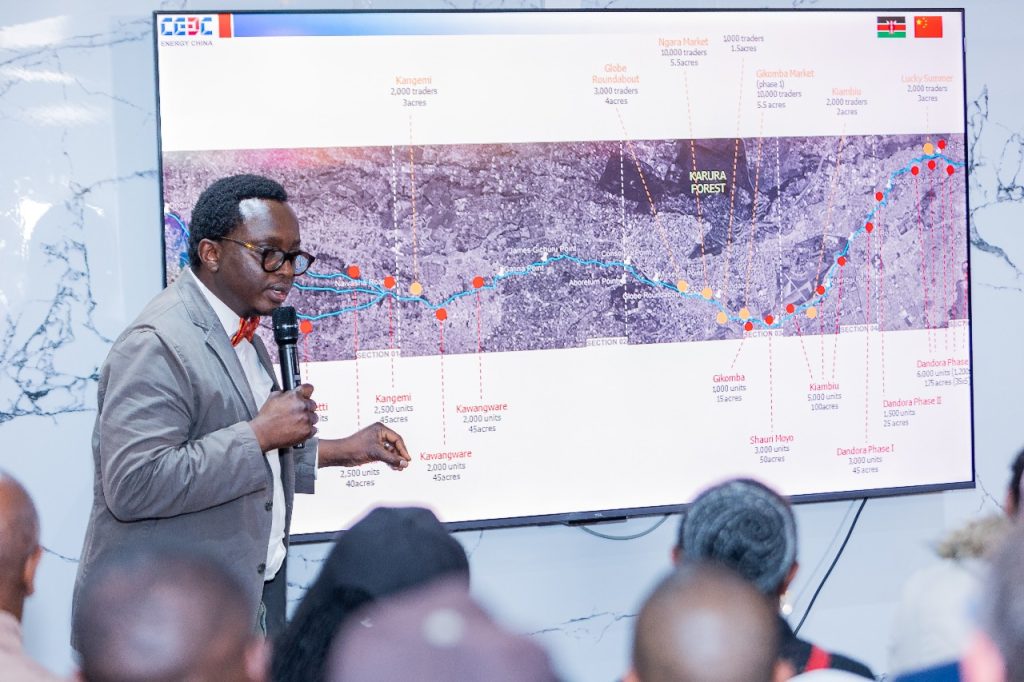
By David Wakogy
Raw sewage has become one of the gravest yet most neglected dangers suffocating Kenya’s urban centres. It is poisoning rivers, endangering millions, and exposing a glaring failure in infrastructure planning. Today, only about one in five urban residents is connected to a functional sewer system. For the rest, human waste finds its way into open drains, rivers, leaking septic tanks, or makeshift soak pits.
The reality in many towns is disturbing. Landlords frequently instruct caretakers to release sewage from septic tanks into stormwater drains—often at night or during heavy rains to avoid detection. This practice is not just illegal; it is deadly. The result is a toxic chain reaction that contaminates water, spreads disease, and worsens inequality, with the poorest urban dwellers bearing the greatest burden while downstream communities and ecosystems suffer the fallout.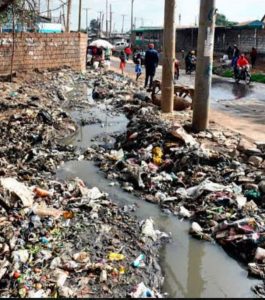
Consider Kikuyu town. Nearly two years after sewer lines were installed, no treatment plant has been built. Instead, raw sewage is channelled by gravity into the Nyongara River—a tributary of the Nairobi River—before eventually being dumped untreated into the Dandora ponds in Ruai. Because these sewer lines run along riverbanks, they are prone to leaks and illegal discharges, putting lives at risk.
Yet, communities live and farm along these polluted waters. Smallholder farmers irrigate their crops with this contaminated water, which then ends up in local markets. Consumers unknowingly eat vegetables laced with pathogens such as E. coli and Salmonella, contributing to recurring outbreaks of typhoid, diarrhoea, and intestinal infections.
In Kikuyu, the Friends of Ondiri Wetland Kenya (FOWK) has demonstrated how grassroots action can challenge this crisis. Volunteers mounted night patrols to expose illegal sewage dumping, leading to arrests and cleaner waters. They also engaged industries, educated residents, promoted eco-toilets, restored riverbanks, and successfully lobbied for legal protection of the wetland. These efforts prove that community-led initiatives can make a real difference.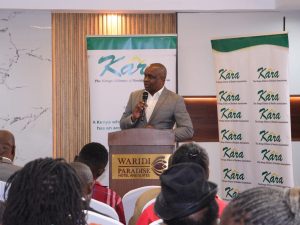
Meanwhile, the Nairobi River—once the city’s lifeline—has been reduced to an open sewer, carrying human waste, industrial effluent, and garbage. Its contamination flows downstream into the Athi River and eventually empties into the Indian Ocean at Kilifi’s Sabaki estuary, endangering marine life, coastal fisheries, and livelihoods across counties.
There are, however, signs of hope. The government, under President William Ruto, has launched the Nairobi River Engineering and Regeneration Program, a multi-agency initiative spearheaded by the State Department of Housing and Urban Development, Nairobi City County, and the Nairobi Rivers Commission, with the Ministry of Defence and KDF as project managers. The program seeks to restore the rivers, curb raw sewage pollution, and provide cleaner alternatives for informal settlement residents. It includes constructing over 10,000 affordable homes and modern markets to resettle vulnerable communities. A key component is the expansion of the Kariobangi Decentralised Sewer Treatment Works, which will treat up to 90,000 cubic feet of wastewater daily—an essential step toward sustainable sanitation.
Yet, conditions in informal settlements remain dire. Open drains of foul, black sewage snake through neighbourhoods where children play and families prepare meals. Nairobi’s two main treatment plants—Dandora and Kariobangi—are overwhelmed, unable to cope with the massive inflows. Of the 49 wastewater treatment facilities across Kenya, most are either obsolete or poorly maintained, leaving untreated or partially treated sewage to flow back into the environment.
The solution cannot rest solely on centralised plants. Rapidly growing towns such as Ngong, Ruiru, Kitengela, Kiambu, Athi River, and Kikuyu urgently require decentralised treatment systems—smaller, local plants that process waste where it is produced, reducing risks of leaks and long-distance overflows.
Kenya must also embrace nature-based solutions. Constructed wetlands, already used successfully in Rwanda, offer a low-cost, low-tech alternative suited for peri-urban and informal settlements. Such systems should not be an afterthought but a mainstream strategy.
The laws exist, but weak enforcement has allowed illegal dumping and sewer connections to thrive unchecked. What is needed is strict monitoring, inter-agency cooperation, and real penalties for violators. At the same time, public awareness is crucial. Communities must understand the health, food, and dignity risks of untreated sewage. Approaches like Community-Led Total Sanitation (CLTS) can empower residents to take charge of sanitation improvements in their own neighbourhoods. 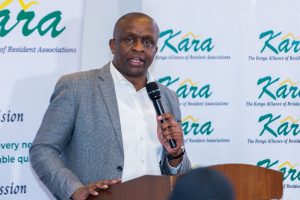
Globally, there are lessons to draw from. Singapore’s NEWater program now recycles over 98% of its wastewater for reuse. While Kenya may not yet reach such levels of innovation, the principle is clear: wastewater is not waste but a resource.
This crisis extends beyond sanitation—it touches on public health, food security, environmental justice, and sustainable development. Raw sewage is poisoning rivers, polluting farmland, threatening oceans, and stripping dignity from urban residents. Kenya cannot afford half-measures. The country must respond urgently, decisively, and collectively.
Clean rivers, safe food, and healthy communities should never be privileges reserved for a few—they are rights that every Kenyan deserves.
Mr. Wakogy is the Coordinator of Friends of Ondiri and Climate Worx Lead, Ondiri Wetland. Email: [email protected]




